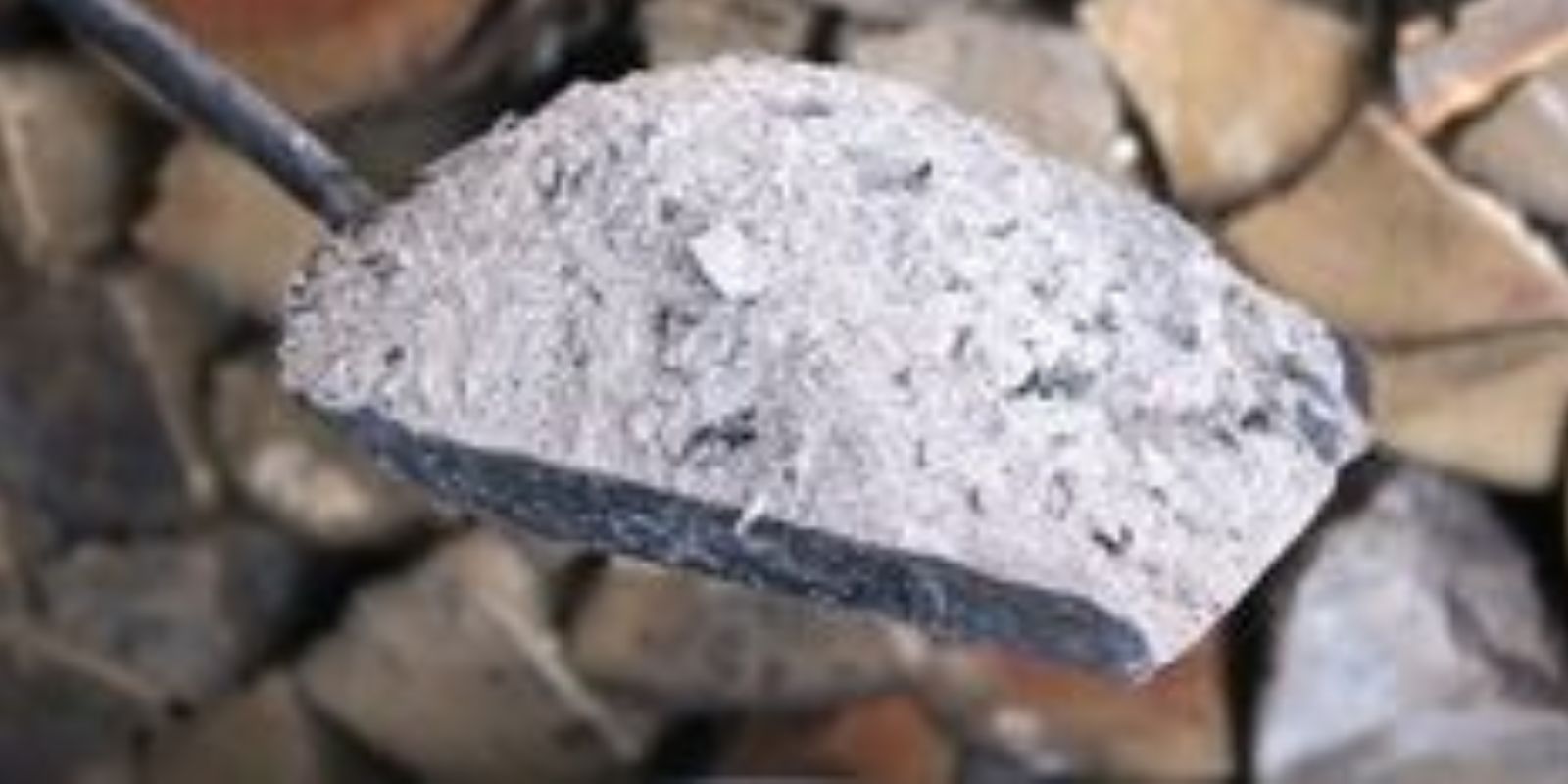Wood ash, a byproduct of burning wood, is often discarded as waste. However, it is a valuable resource, particularly for gardeners. Rich in essential nutrients and minerals, wood ash can significantly enhance the health and productivity of your garden. This article explores 10 ingenious ways to use wood ash in gardening, ensuring that this resource does not go to waste.
The Nutritional Value of Wood Ash
Before delving into its uses, it’s important to understand what makes wood ash beneficial. Wood ash is primarily composed of calcium carbonate, which is a common liming agent. It also contains potassium, phosphorus, magnesium, and trace elements essential for plant growth. The exact composition varies depending on the type of wood burned, but these nutrients make wood ash a versatile addition to the garden.
1. Soil Amendment
One of the primary uses of wood ash is as a soil amendment. Wood ash can increase the soil’s pH, making it less acidic. This is particularly useful for plants that thrive in alkaline conditions, such as asparagus, beans, and spinach.
How to Use: Before applying wood ash, conduct a soil test to determine its pH level. If the soil is too acidic, lightly sprinkle wood ash over the soil and mix it in. Be cautious not to over-apply, as too much ash can raise the pH excessively, making the soil too alkaline.
2. Natural Repellent
Wood ash can act as a natural repellent for garden pests such as slugs and snails. The ash’s fine, powdery texture irritates these pests, deterring them from crossing treated areas.
How to Use: Create a barrier around your plants by sprinkling a thin line of ash. Reapply after rain or watering, as the ash can wash away.
3. Nutrient-Rich Fertilizer
Adding wood ash to your compost pile can enrich it with potassium, which is vital for plant health. Potassium helps with photosynthesis, water regulation, and overall plant vigor.
How to Use: Incorporate wood ash into your compost pile by layering it with other compost materials. This will help balance the compost’s nutrient content and enhance its effectiveness as a fertilizer.
4. Acidity Reduction in Compost
Wood ash can help neutralize the acidity of compost, creating a more balanced environment for the microorganisms that break down organic matter.
How to Use: Add a small amount of wood ash to your compost pile periodically. Mix it thoroughly to ensure even distribution.
5. Frost Protection
In the colder months, wood ash can be used to protect plants from frost damage. The ash acts as an insulating layer, shielding plants from extreme temperatures.
How to Use: Spread a layer of wood ash around the base of sensitive plants before a frost is expected. This will help keep the roots warm and prevent damage.
6. Weed Elimination
The alkaline nature of wood ash can help dry out and kill unwanted weeds. This method is particularly effective for small, isolated weed patches.
How to Use: Directly sprinkle wood ash on the weeds. Be careful to avoid contact with your desirable plants, as the ash can also affect them.
7. Cleaning and Sharpening Tools
Wood ash can be used to clean and sharpen gardening tools. The fine grit of the ash acts as a mild abrasive, removing rust and sharpening edges.
How to Use: Dip a damp cloth in wood ash and use it to scrub your tools. For sharpening, you can rub the edge of the tool with a handful of wood ash.
8. Odor Reduction
Compost piles can sometimes emit unpleasant odors, especially when they contain a lot of green, nitrogen-rich materials. Wood ash can help neutralize these smells.
How to Use: Sprinkle wood ash over the compost pile to help reduce odors. This will also add valuable nutrients to the compost.
9. Improving Soil Structure
Wood ash can improve the structure of heavy clay soils, making them more friable and easier to work with. It can also help sandy soils retain moisture better.
How to Use: Mix wood ash into the soil thoroughly, ensuring an even distribution. This can be particularly beneficial when preparing garden beds in the spring.
10. Moss Reduction in Lawns
Moss can be a problem in lawns, indicating poor drainage and acidic soil. Wood ash can help reduce moss by increasing soil pH and improving drainage.
How to Use: Apply a thin layer of wood ash over the mossy areas of your lawn. Use a rake to spread it evenly and incorporate it into the soil.
Safety Precautions
While wood ash can be highly beneficial, it is essential to use it correctly to avoid potential issues:
- Avoid Overuse: Excessive use of wood ash can raise soil pH too much, leading to nutrient imbalances.
- Test Your Soil: Always test your soil pH before applying wood ash to ensure it is appropriate for your garden’s needs.
- Avoid Certain Plants: Some plants, such as blueberries and azaleas, prefer acidic soil and may not respond well to wood ash.
- Handle with Care: Wood ash can be caustic, so wear gloves and eye protection when handling it.
Conclusion
Wood ash is a versatile and valuable resource for gardeners, offering numerous benefits when used correctly. By incorporating wood ash into your gardening routine, you can improve soil health, deter pests, enrich compost, and much more. Rather than discarding this byproduct, embrace its potential and enhance your garden’s productivity and sustainability.
Try these tips and share your experiences! How do you use wood ash in your garden?

